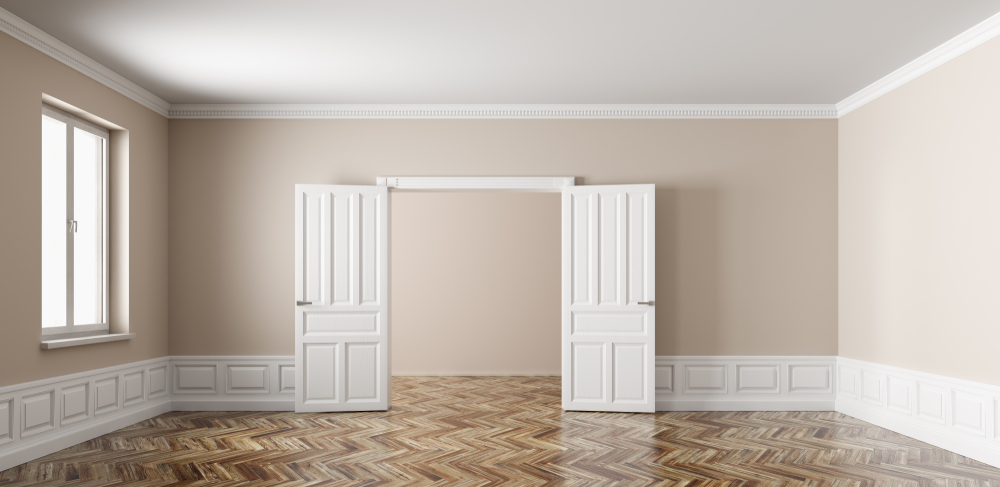Interior Painting: A Guide by Professional Painters

The Importance of Undercoat in Interior Painting:
Before embarking on any interior painting project, the importance of a proper undercoat cannot be overstated. The undercoat, or primer, acts as a foundation, enhancing adhesion, promoting durability, and providing a smooth surface for the topcoat. It prevents uneven absorption of paint and contributes significantly to the longevity of the paint job.
Choosing the Right Undercoat
Select an undercoat that aligns with the type of surface you’re painting. For new walls, a high-quality primer seals the surface and ensures uniform paint absorption. If repainting, especially over dark colours, a tinted primer can help achieve the desired final hue and reduce the number of topcoats needed.
Understanding Different Types of Paint Finish
Flat/Matte Finish
Ideal for low-traffic areas like bedrooms and ceilings, matte finishes offer a smooth, non-reflective surface, hiding imperfections but may be less stain-resistant.
Eggshell Finish
Slightly more lustrous than matte, eggshell is suitable for living rooms and bedrooms. It provides a subtle sheen, making it easier to clean while still concealing minor flaws. Eggshell finish has become popular as it combines the advantages of all the other types of finish. It is reasonably easy to clean and generally good at hiding surface imperfections.
Satin Finish
Offering a soft sheen, satin is versatile and works well in high-traffic areas like hallways and kitchens. It’s durable, easy to clean, and provides a sophisticated look.
Semi-Gloss Finish
Known for its durability and washability, semi-gloss is often chosen for trim, doors, and kitchens. It reflects more light and adds a touch of elegance to the space.
Gloss Finish
With a high sheen, gloss is the most reflective option. Best reserved for accents like doors, trim, and cabinets, it’s easy to clean but may highlight imperfections if used on a large surface like a wall.
Exploring Different Paint Types
Latex (Water-Based)
Quick-drying, low odour, and easy to clean, latex paints are popular for interior use. They’re environmentally friendly and ideal for walls and ceilings.
Oil-Based (Alkyd)
Offering a durable finish, oil-based paints are suitable for high-traffic areas. They take longer to dry, have a stronger odour, and may yellow over time, making them less popular than latex.
Addressing Wall Repairs during Repainting:
Before applying a fresh coat of paint, inspect the walls for any imperfections such as cracks, holes, or peeling paint. Fill and sand these areas to create a smooth surface. Proper wall preparation ensures a flawless finish and enhances the longevity of the new paint. Failure to make these repairs will leave us with a disappointing pain result.
Conclusion
Mastering interior painting involves understanding the critical role of undercoating, choosing the right paint finish for each space, and selecting appropriate paint types. Additionally, addressing wall repairs during repainting ensures a pristine result. For a professional and enduring interior paint job, attention to these details is key.





